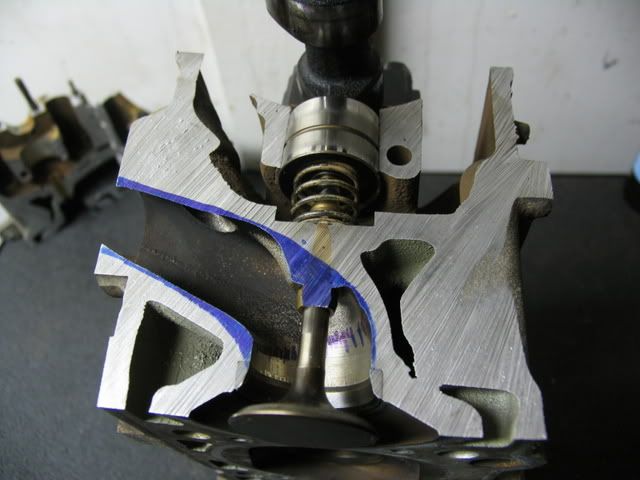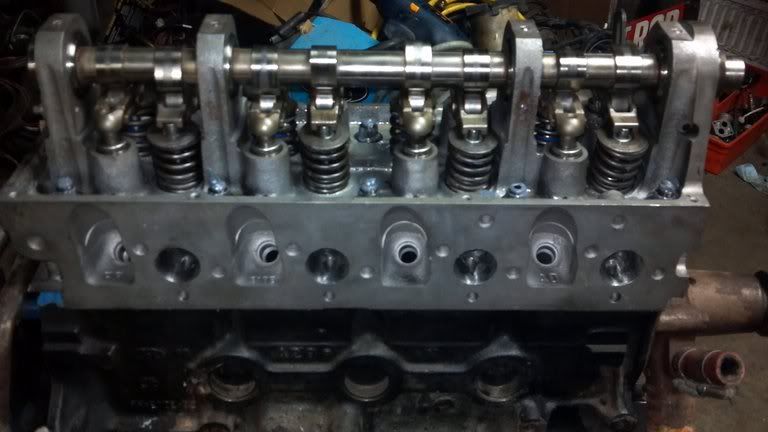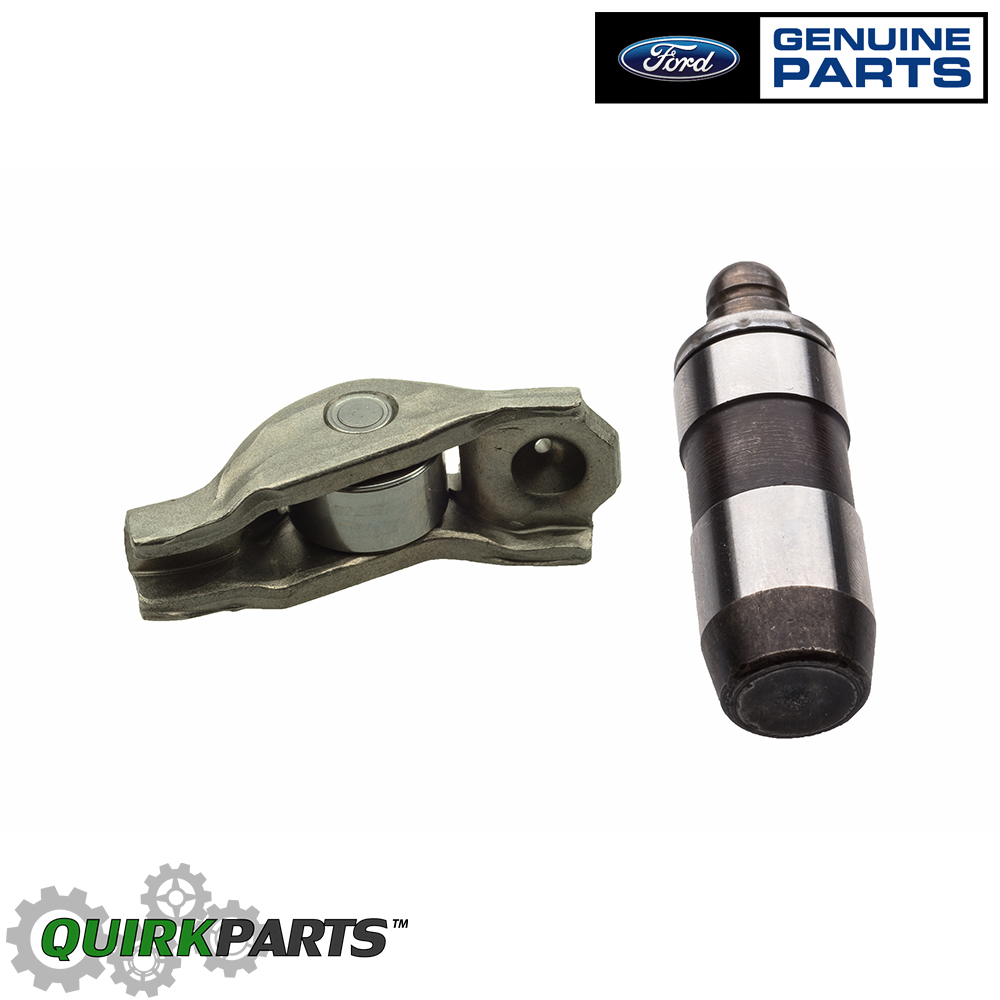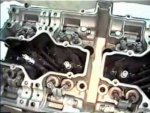So, now that we've sorted out the hydraulic lifter vs hydraulic lash adjusters, to answer the OP's asking if a bike requiring a longer valve adjustment interval is a better bike: It seems quite clear there are long-distance motorcycles like Gold Wings, Harley Davidsons, et al. that use self-adjusting valve actuating systems that are maintenance-free. These self-adjusting systems are prone to slight distortions at high RPM so they are not usually used on extremely high revving racing bikes. High-performance engines use a solid actuation system that reacts more quickly to RPM changes and does not distort as much however, the drawback is that you will have to do periodic valve adjustments as the solid lifters or valve actuators as the case may be will wear incrementally and require adjusting.
It may stand to reason that some manufacturers are using a cheaper, softer metal in the lifters requiring a shorter mileage between adjustments. I doubt that's the case, but more expensive vehicles like the Chevrolet Corvette Z06 do use titanium in some parts of the valve system to reduce reciprocal weight and wear. A shim system on DOHC motorcycles has multiple benefits vs the old SOHC adjustable rocker system because you remove the weight of the adjusting screws, resulting in less reciprocal weight and better high RPM performance. It's also cheaper. It's also a PITA to adjust because you need shims. So, in this life there's no free ride. There's a pesky price to be paid for high-performance.









 [/URL
[/URL












